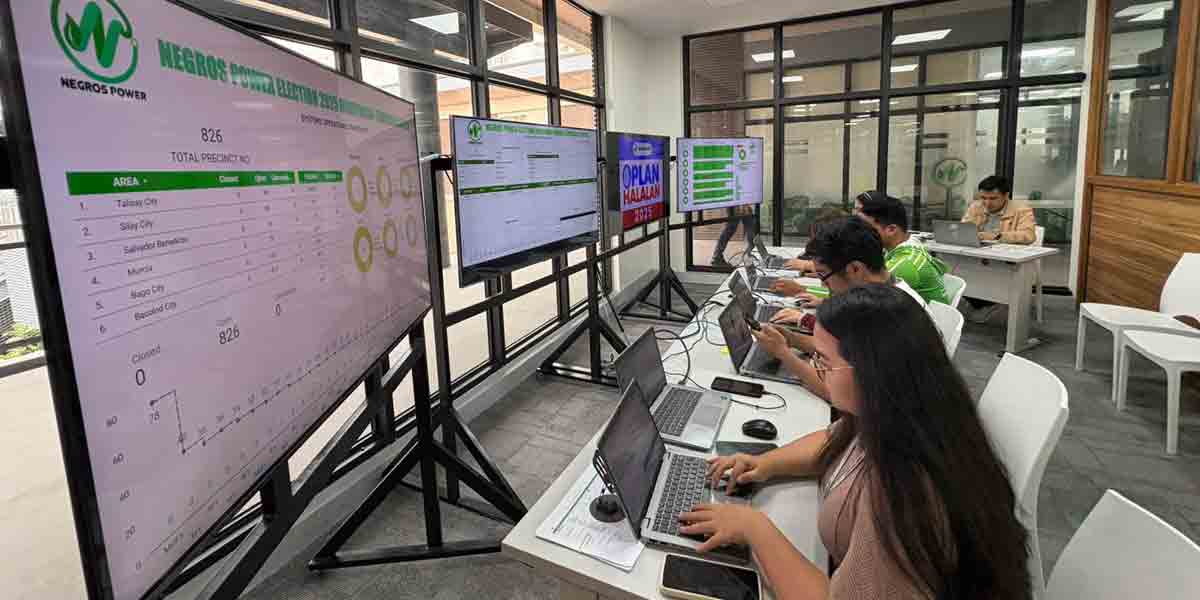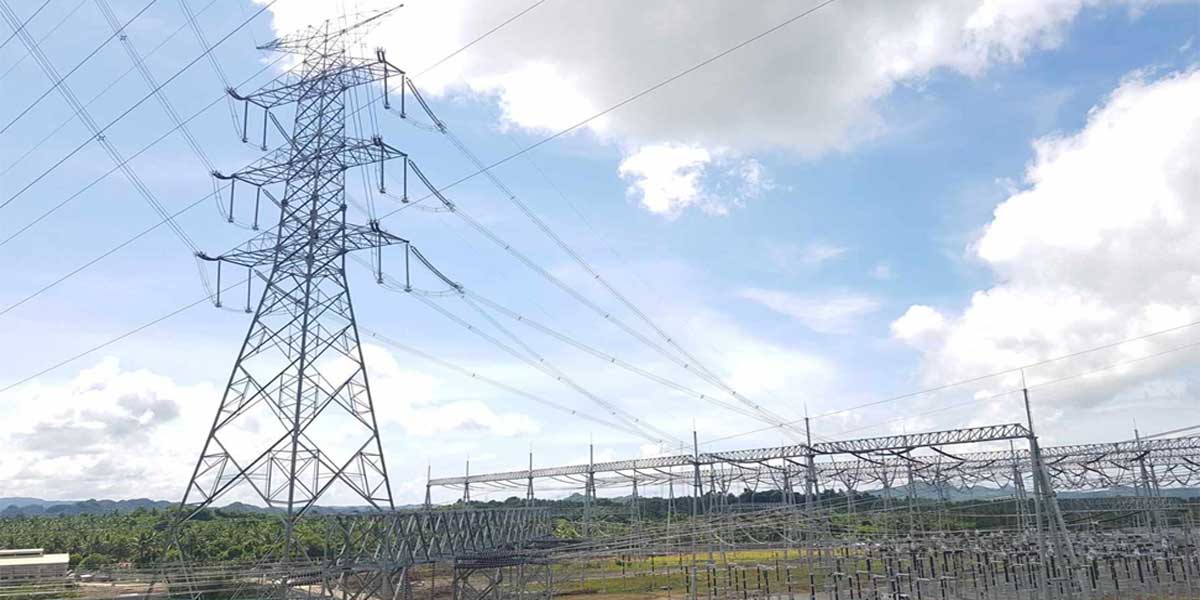The Philippines’ inflation rate rose slightly to 2.5% in November 2024 from 2.3% in October, according to the Philippine Statistics Authority (PSA).
The increase was primarily driven by higher prices for food and non-alcoholic beverages, which rose by 3.4% in November from 2.9% in October.
Rising vegetable, seafood, and tuber prices, alongside a slower decrease in sugar costs, contributed to the uptick.
Transport costs also saw a slower year-on-year decline of 1.2%, compared to a 2.1% drop in October, adding to inflationary pressures.
Despite the increase, the average inflation rate from January to November 2024 stood at 3.2%, significantly lower than the 4.1% recorded in the same period in 2023.
The PSA data indicated that the trend shows inflation is stable, even as some commodity groups experience price upticks.
Core inflation, which excludes volatile items such as food and energy, also inched up to 2.5% from October’s 2.4%. However, it remained significantly below the 4.7% rate reported in November 2023.
The National Capital Region (NCR) posted a higher inflation rate of 2.2% in November, up from 1.4% in October. This increase was attributed to higher food and beverage costs and housing-related expenses.
Meanwhile, areas outside NCR (AONCR) maintained a steady inflation rate of 2.6%, with notable price hikes in alcohol, furnishings, and healthcare services.
Regionally, Cagayan Valley recorded the highest inflation rate at 3.4%, while the lowest rates of 1.7% were observed in SOCCSKSARGEN, Caraga, and Bangsamoro Autonomous Region in Muslim Mindanao.
Bangko Sentral ng Pilipinas (BSP) highlighted that the inflation rate was within its forecast range of 2.2% to 3.0% and consistent with its projections for easing inflation pressures.
“We expect inflation to remain closer to the low end of our target range in the near term, reflecting improvements in the supply of key food items, particularly rice,” the BSP said in a statement.
However, the central bank warned of potential inflationary risks in the medium term due to adjustments in electricity rates and higher minimum wages outside Metro Manila. Downward risks, on the other hand, may come from lower import tariffs on rice.
The BSP’s Monetary Board will consider these factors during its next policy meeting on December 19, 2024, with a focus on balancing price stability and sustainable economic growth.
This latest inflation report reinforces a cautious but optimistic outlook for the Philippine economy as it approaches 2025.


















